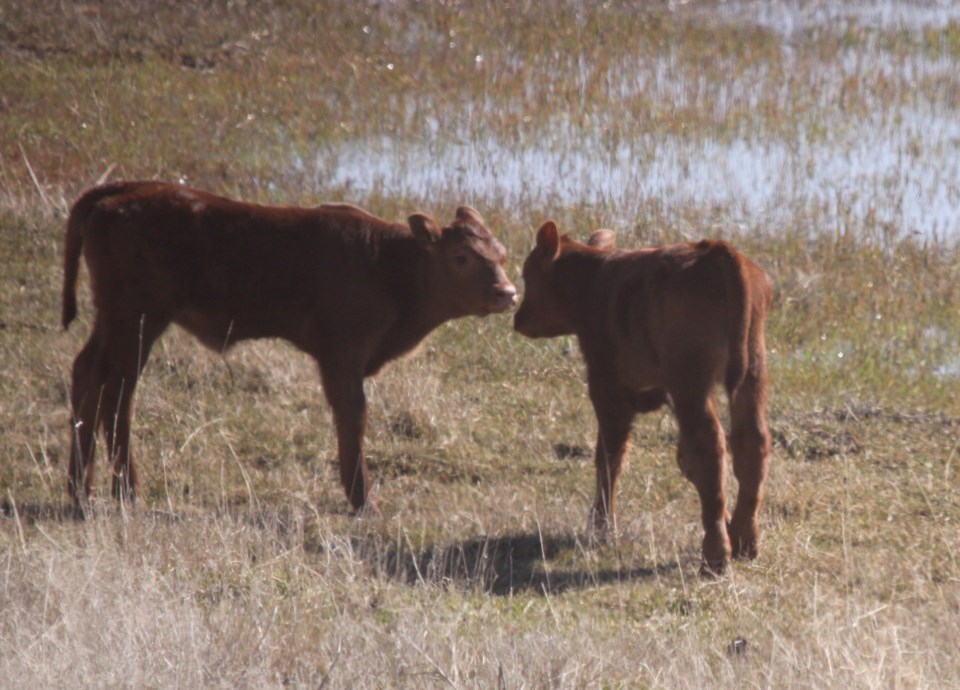Brenna Grant, executive-director of Canfax, describes the beef market outlook as if it is on a roller coaster ride.
“Are we going to see a repeat of 2015” when prices plummeted after peaking at $2.50 a pound for calves?” she asked the Saskatchewan Stock Growers Association convention.
“Will high prices be the cure for high prices?”
That experience “was an anomaly.” Prices hit highs in the first half of that year only to fall by 20 per cent in the second half.
Last year’s contraction of the cattle herd has been driving prices. The U.S. beef herd has declined nine per cent since 2019 and is forecast to drop 5.4 per cent this year.
The central U.S. plains cattle country remains dry, driving prices through smaller supplies.
“If we get rain and heifers are held back we may not see such supplies.”
The Canadian herd is expected to continue declining, she said. On the demand side, much of beef price levels depends on “willingness to pay” by consumers.
“Are consumers really looking to continue to have protein and beef on their plates?’’
Last year per capita protein consumption was 79.8 kilograms with beef up 3.6 per cent; pork up 6.6 per cent; and sea fish up 20 per cent.
“In 2021 we saw beef price inflation that took us out of the price relationship with other meats. In 2022, a lot of commodities caught up to beef and closed that gap.’’
This year the average Canadian family will pay an additional $1,000 on groceries.
International beef markets were good last year with Japan and Taiwan opening to Canadian beef. South Korea subsidized beef imports to fight inflation.
The South Korean subsidies are no longer in effect.
Higher prices have impacted international consumers’ ability to pay. Unfavourable exchange rates with the U.S. dollar have made Canada un-competitive in some markets.
In an effort to fight inflation, some countries are importing cheap Brazilian beef and buffalo from India. That can reduce Middle Eastern markets.
She said high beef prices are partly a consequence of feed prices. Feed prices are 183 per cent higher than average.
Lower feed prices will likely cut into beef sales. Chicken and pork production can increase faster than beef and flood the market.
Grant noted that large pork supplies might eat into beef markets. Everyone geared up pork production to meet the Chinese demand when influenza decimated pork herds over there.
China is back to full production and other producers need to find a home for their supplies.
Ron Walter can be reached at [email protected]




